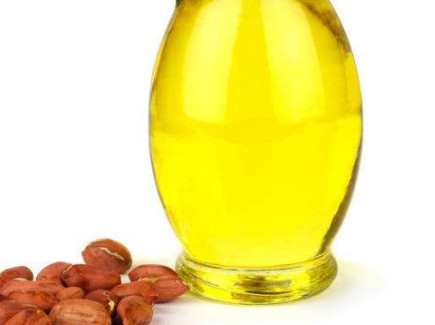Quality safety and control technology of peanut oil
Flowers are fruits of the genus Arachis, also known as Arachis, Ground Fruits and Evergreen Fruits, of the subfamily Rosaceae Butterfly Flowers of Magnolia. They mainly grow in tropical, subtropical and Mediterranean coastal areas. They were introduced into China by Portugal in the 17th century. Peanut is a microwave-heated machine that is rich in fat and protein. Peanut oil is a popular vegetable oil used for cooking or upgrading.

Food flavor. The main producing areas of peanut in China are in the middle and lower reaches of the Yellow River basin, Shandong, Henan, Hebei and other provinces are the main planting areas. China is the largest producer of peanut and peanut oil, accounting for about half of the world's total output of peanut and peanut oil, and plays an important role in the world's oil production. About 40% of the peanuts produced in China are dried fruits and 60% are used as oil to produce peanut oil. The processing capacity of peanut oil processing enterprises in Shandong and Henan accounts for more than 70% of the total processing capacity of the country.
The traditional peanut oil processing technology generally includes hot pressing, cold pressing and chemical extraction. Hot pressing technology is a kind of oil-making technology with skin pressing. Firstly, the raw material is fried in a pot, and then pressed by an oil-pressing machine. It is the main production technology of peanut oil at present. Its characteristics are high oil yield and less residual oil. Cold pressing technology is usually refining at low temperature, without chemical reagents and antioxidants, and oil yield. Relatively low, its characteristic is to maintain the original flavor of peanut oil; chemical extraction method is to use No. 6 solvent to soak the peanut components, and then high temperature extraction, this production process has high oil yield, low cost, but because the production process is polluted by chemical solvents, including solvent residues.
1. processing of peanut oil plant in leaching section:
1. Materials (for pretreatment) are sent to rotary extraction through scraper conveyor. The material will be extracted by solvent or mixed oil. After this step, we will have meals and mixed oil.
2. to the toaster. Through the toaster, the solvent in the meal will be separated from the meal. The solvent enters the condenser and then recirculates to the rotary extractor.
According to the national standard of peanut oil, peanut oil can be divided into primary oil and secondary oil. Peanut oil on the market has different types of fragrance, common type, Luzhou-flavor type, cold pressed peanut oil belongs to fragrance type, Luzhou-flavor type and ordinary type is not absolutely distinguished.
2. peanut oil composition and peanut oil hazard components
2.1 fatty acid composition of peanut oil
Peanut kernel is the main storage area of peanut fat, and peanut oil is about 50%. The fatty acid composition of peanut varies greatly according to the varieties, planting conditions, climatic conditions and maturity of peanut.
2.2 harmful components in peanut oil
Peanut oil in China has developed rapidly in the past decade. The high-quality raw materials used for peanut oil can not meet the market demand. There are a large number of peanut oil squeezed by small and medium-sized enterprises and small rural workshops. Bulk peanut oil and so-called ground peanut oil account for a certain proportion. There are hidden dangers in the safety of peanut oil. Because of the growth characteristics of peanut, aflatoxin is easy to produce. Benzochloropropanol ester, triglyceride polymer and other harmful substances may be produced in the process of peanut frying and peanut oil refining. In addition, there will be hazards such as pesticide residues in peanut cultivation.